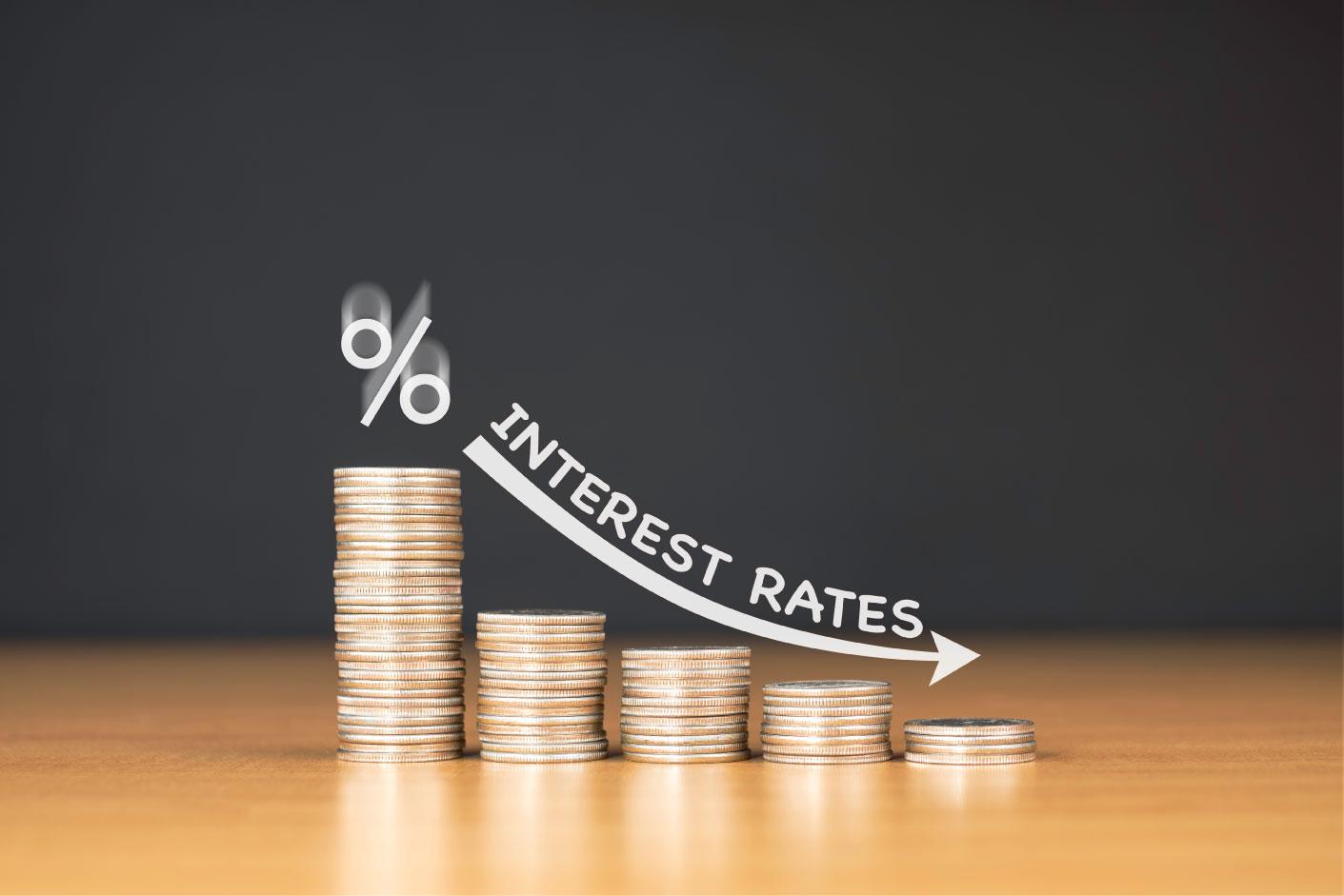The best time to invest in debt funds is when interest rates are at their peak. When rates trend down, bond prices rise, yielding good returns to debt investors.
A surprising global macro development, post the Global Financial Crisis (GFC) of 2008, is the conspicuous absence of inflation in the developed world. Traditional economic theory that links inflation to money supply has largely become irrelevant. The massive injection of liquidity via Quantitative Easing (QE), post the GFC of 2008, did not create inflation.
The simultaneous liquidity injection by the leading central banks of the world, following the COVID-19 shock, has been unprecedented. Yet, inflation in developed markets is below target. Many economists believe that inflation has been killed, permanently. But it is too early to celebrate the ‘death of inflation’.
Why increased money supply has not triggered inflation?
Briefly, there are three factors. One, China, in recent times, has emerged as the factory of the world, mass producing and exporting goods cheaply. Two, modern e-commerce giants procure goods from the cheapest destinations of the world and sell them at very low margins with efficient modern supply chains. Third, ageing population in the developed world has impacted aggregate demand. Powerful combination of these three factors has prevented inflation from rising, in spite of the humungous liquidity infusion.
But, it is important to appreciate the fact that the ultra-loose monetary policy has created ‘asset price inflation’: The boom in global stock markets is largely driven by this massive liquidity and historically low interest rates.
Inflation may come back
The Joe Biden administration has passed a massive $1.9 trillion fiscal stimulus to revive the economy. The global economy has never experienced such a massive simultaneous monetary-cum-fiscal stimulus. This has the potential to trigger inflation. The steady rise in bond yields in US is a reflection of the market’s concern regarding inflation. The US 10-year bond yield is now hovering around 1.7 percent, sharply up from the 0.5 percent levels in August 2020.
Inflation in India, unlikely to come down
Even if inflation remains within the target 2 percent in most of the developed world, it is unlikely to remain low in India where the food basket accounts for around 48 percent of CPI inflation. We are witnessing a rising trend in both CPI and WPI inflation in India. The CPI inflation came in at 5.03 percent in February, up from 4.1 percent in January. And WPI inflation has doubled to 4.17 percent from 2.03 percent in January. Higher fuel and food prices are pushing inflation up.
Interest rates have troughed in India
High fiscal deficit target of 6.8 percent and the consequent massive Rs 12 lakh crore borrowing program for FY22 have put pressure on bond yields and the 10-year yield is now around 6.2 percent, in spite of RBI’s best efforts to talk it down. The bond market is pricing-in higher inflation. In brief, there is no further room for the MPC to cut rates.
The policy rates are likely to remain in the current range for the rest of 2021 with an upward risk. With the economy recovering sharply (GDP growth rate estimated at 11.5 percent in FY22) and commodity prices firming up, the central bank is likely to raise rates in early 2022. Therefore, it can be safely argued that, in the current rate cycle, we are past the trough and rates are likely to rise, slowly, by early 2022.
Invest in short-duration debt funds
The best time to invest in debt funds is when interest rates are at their peak. When rates trend down, bond prices rise, yielding good returns to debt investors. The reverse is true when rates start rising. So, now, debt investors should opt for short-duration funds. When rates go up, prices of short-duration debt fall lesser than long-duration debt.
Short-duration debt fund managers can reinvest the proceeds from short-term debt redemption in new debt issues with higher rates. So, debt investors may start switching from long-duration funds to short duration or dynamic bond funds.
First published in moneycontrol.com.








